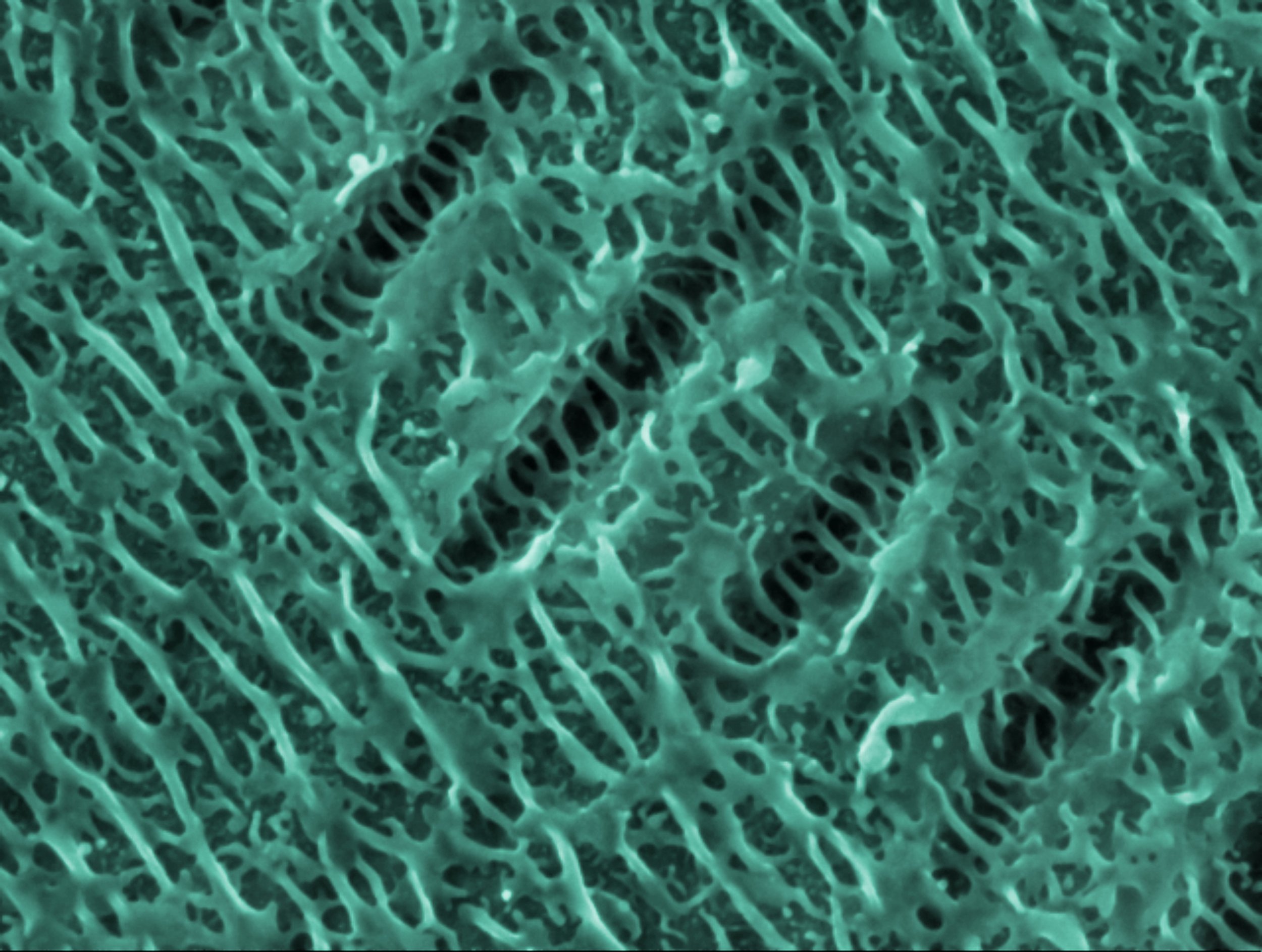The Quantum Shift in Data Storage: A New Dawn with DNA

In a world dominated by rapid technological advancements, the issue of data storage has risen to the forefront. The digital deluge, powered by advancements in AI and our incessant online connectivity, beckons us to find sustainable solutions.
Silicon storage, for all its past triumphs, has begun to show its age. Its limitations in terms of capacity, lifespan, and eco-friendliness now threaten to hinder our forward momentum. As we teeter on this technological precipice, the demand for innovative alternatives has never been clearer.
Unraveling the DNA Mystique
Our salvation may well lie in the very essence of life: DNA. Scientists are now looking to this intricate molecule, renowned for its unparalleled data retention, as a possible answer to our digital woes.
The recent unveiling of DNA chips heralds a promising crossroad where molecular biology, innovative polymers like nitrocellulose, and the enigmatic realm of quantum entanglement converge. Imagine this: a billion gigabytes of data compacted into a mere gram of DNA!
Transitioning from silicon to DNA, you might wonder, how does this sorcery work? It's surprisingly logical. The immense data streams we generate can be translated into the sequences of DNA's four foundational elements. Once encoded, these sequences are synthesised and set in stone on chips, boasting longevity that leaves silicon in the dust.
A Glimpse into the Future
The prospective applications of DNA chips stretch far beyond mere storage. These chips are not just about passive data hoarding; they're about active integration into AI operations, enhancing Robot AI performances, and potentially revolutionising smart devices. Drawing from the quantum entanglement realm, the implications for creating impenetrable communication lines are profound. And as the potential of these chips begins to be realised, industry experts are taking note, signalling a burgeoning market ripe for exploration.
According to a report from Grand View Research, the worldwide DNA microarray market held a valuation of a whopping USD 1,835.54 million in 2022. Forecasts suggest it's on a trajectory to grow, with a projected compound annual growth rate (CAGR) of 8.5% spanning from 2023 through 2030.
The report said, “The surge in research activities and the rising use of DNA microarray in gene expression fuel the global market growth.”
However, progress doesn't come without a price tag. With storage costs currently estimated at a staggering $400,000 per megabyte, the economic feasibility of this technology, at least in its nascent stages, is under scrutiny. Add to this the hurdles of protracted data retrieval times and a maze of regulations around genetic data, and the challenges become apparent.
Even amidst these challenges, significant strides are being made. Microsoft and the University of Washington have showcased the potential of DNA in this domain. Through a joint effort, they ventured into DNA data storage and achieved a significant milestone.
In a groundbreaking experiment, they successfully stored and retrieved the word "HELLO" using a sequence of DNA. This achievement not only highlighted the feasibility of the concept but also underscored the tangible progress being made in this emerging field.
Conclusion
As the domain of DNA-based storage is still nascent, its trajectory evokes excitement and anticipation. Projected developments suggest a future where DNA chips not only become affordable but also achieve mainstream integration—from ubiquitous gadgets to potentially underpinning a revolutionary generation of Quantum-entangled Robot AI.
By intertwining novel polymers, quantum mechanics, and molecular biology, we stand at the precipice of reshaping our data-centric world. It's a frontier brimming with possibilities, drawing the attention of investors and innovators globally.
Author:
Kate Sivess-Symes
Content Producer and Writer
Nano Magazine | The Breakthrough





